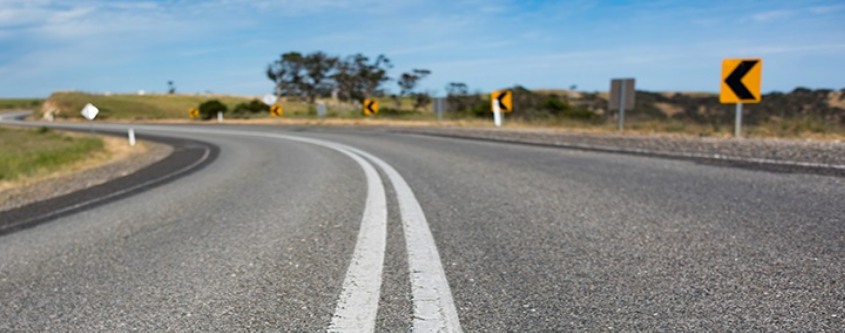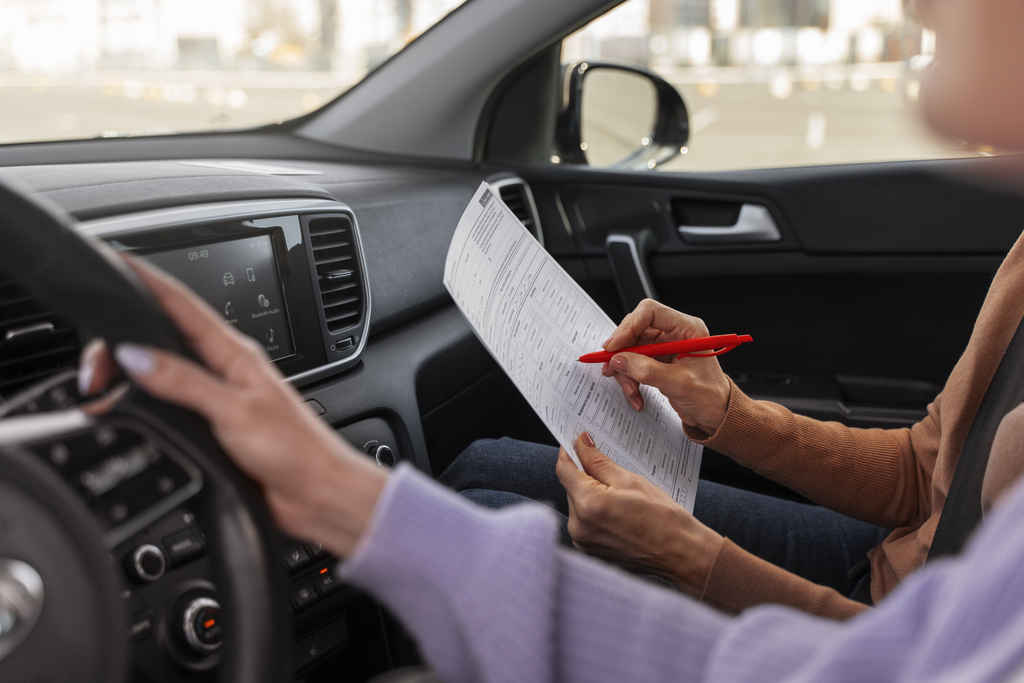What Are The Canadian Highway Rules and Road Signs That You Must Know?
By Medinah on Jan 15, 2021
We can say Canada has certain unusual road signs and driving rules that you must know before getting on the road. For instance, you will find all the road signs highlighting speed limits in kilometers/hr. instead of miles. Surprisingly, while driving in Canada, you will come across different road sign boards depending on the area, either it is a city or open land. Besides, one of the most frequently asked questions about Canada is, on what side of the road can you drive. It is pretty simple! You are allowed only to drive on the right side and if you are intended to overtake the passing vehicle, do it by passing from the left side.
For the convenience of the visitors, we are highlighting the few most important Canadian highway codes, signs, and rules.
Canadian driving laws/rules
✓ Speed limits in Canada - Typically, while driving on Canadian roads, you must not cross the speed limit of 50 km/hr. in cities, 100 km/hr. on highways and 80 km/hr., on 2-lane highways. As per the rules, the minimum speed is 60 km/hr. whereas the maximum is 100-120 km/hr.
✓ Greenlight and flashing green - It will definitely be something new for an outsider. Where a green signal means “safe to go”, like in other states, a flashing green light conveys that the driver has the right-of-way to take a left turn.
✓ 4-way stops - Ever encountered a situation where you are not sure whether you must proceed first in a 4-way stop situation or not? While driving in Canada, the first to stop has the right of going first. But in case, two automobiles stop at the exact time, you have to yield to the car standing on your right.
✓ Buckle your Seatbelts - No seatbelts, No safety on! That’s why, whenever hitting the road, everyone inside the car must wear a seatbelt.
✓ Smoking and Alcohol use - In all major provinces of Canada, smoking is banned. Only minor states allow the driver to smoke and drive. On the contrary, Driving Under the Influence of alcohol (DUI) is considered a grave crime. The maximum blood alcohol concentration (BAC) is 0.08% when you are allowed to drive. Otherwise, you will face criminal charges, lose the visa, license, and have to pay heavy fees.
✓ Safety of a school bus - If you see a yellow bus flashing red lights, the common practice is to keep your engine at a minimum distance of 5m from the bus. Do not proceed, unless the car has stopped flashing the red lights.
✓ No smartphones - In Canada, using smartphones while driving, either for messaging or calls, has been declared illegal until and unless the device is wireless or the driver is using "hands-free".
✓ No neutral - Putting the car in neutral while it is directed down the hill or mountain highway is forbidden whenever you are driving in Canada.
✓ HOV Lanes - HOV means High Occupancy Vehicle and few Canadian states have specified the HOV highway lanes. You are only allowed to drive in HOV lanes when having a minimum of two passengers inside the vehicle.
✓ No Reverse driving - This rule sounds pretty odd but in Canada, the driver should always avoid and must not make another vehicle to move in reverse gear. Not on the intersection, Not over a crosswalk even! You can move backward only if it is a matter of safety.
✓ Turning right on a red light is prohibited - If you are living in Montreal, you must know, you are never allowed to take a right turn on a red light stop. Well, if you are in any other state, this rule doesn’t apply. In case of emergency, steer to the right with extra precaution to avoid any possible chance of collision.
Canadian Highway signs
There is a wide range of road signs but as they are categorized, we are highlighting the most commonly used signs and their meanings so next time, whenever you are driving in Canada, you know what this sign might be explaining to you.
✓ Information signs - These signboards communicate general information regarding roads, traffics, and driving to the road users.
✓ Prohibitory road signs - As the name reflects, they are used to forbidding the driver from doing a particular act such as no U-turns, right or left turn, speed limits, etc. Or it could be used to stop the vehicle from moving forwards.
✓ Priority road signs - They are specifically designed in Canada for explaining certain driving situations. For instance, it will tell you, who has the right to move first in a 4-way intersection.
✓ Mandatory signs - These are used to emphasize the importance of driving rules or road laws. These are not suggestions or advisory guidelines but obligations that a driver must do such as wearing a seatbelt, speed limit, no smartphone use, etc. These are the most imperative road signs placed across Canada.
✓ Warning signs - Usually represented in red or yellow boards, they are precautionary signs to keep the driver safe from expected potential road danger. These will keep you on alert.
✓ Highway exit signs - You will always find the exit numbers displayed in a yellow box on highway exit signs, and measured in km.
✓ Regulatory Signs - These signs are designed to keep the traffic in a regular flow. In short, they are posted where the driver might be needing direction guidance. Designed in a rectangular, circular, or square shape, it comes with a white or black background. The green border means the driver is obliged to obey the rule. The red border with a line through shows that this particular activity must not be carried out. More like a prohibition sign!
✓ Temporary Condition Signs - You can consider these “warning signs”, but they are placed for temporary use to avoid inconvenience. Mostly used for constructions, lane closures, detours, or traffic control officers. They come in singular diamond shape boards, a message written in black over a striking orange background.


